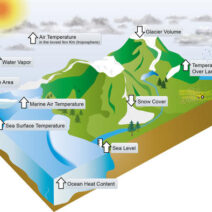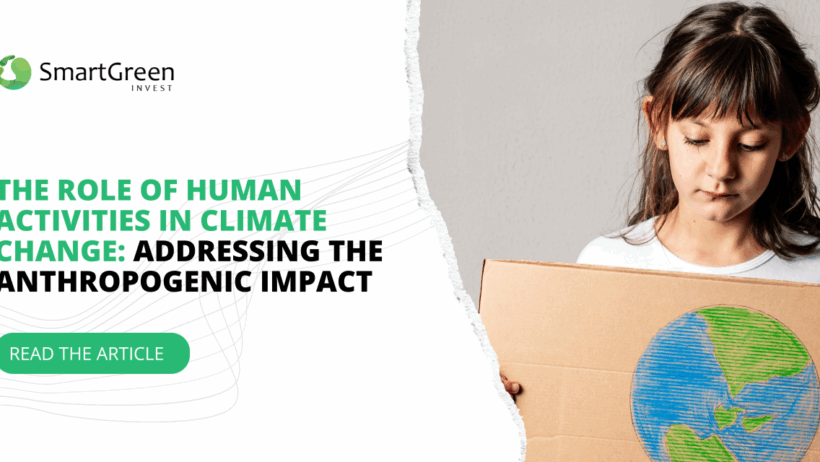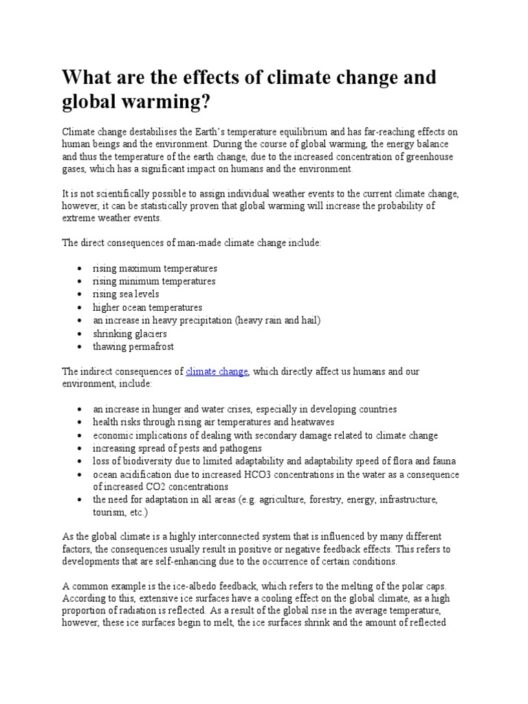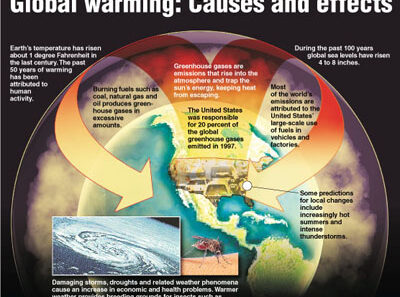Climate change is one of the most pressing issues of our time, driving home the reality that human activities are intrinsically linked to environmental degradation. The question arises: can we clean up our climate? To effectively address this query, we must delve into the multifaceted role of human action and the progressive steps towards environmental rejuvenation.
One of the primary avenues for addressing climate change involves mitigating greenhouse gas emissions. Emissions stem from a variety of sources: transportation, industry, agriculture, and even residential energy consumption. The transportation sector, driven predominantly by fossil fuels, is a substantial contributor to carbon output. By transitioning to electric or hybrid vehicles, enhancing public transportation systems, and promoting cycling and walking, we can significantly reduce our carbon footprint. Urban planners and policymakers must prioritize the development of pedestrian-friendly spaces and efficient public transport networks to catalyze this change.
In tandem with transportation reforms, industrial practices require critical reevaluation. Industries often employ outdated and environmentally detrimental methods. The push towards sustainable manufacturing—focused on reducing waste, recycling, and adopting renewable energy sources—represents a pivotal shift in how we engage with production. By investing in clean technologies and ensuring compliance with environmental regulations, companies can minimize their ecological impact. Business leaders, therefore, have both a moral and economic imperative to redefine their operational paradigms.
The agricultural sector, too, is a considerable player in the climate narrative. Conventional farming practices frequently lead to soil degradation, deforestation, and high levels of methane emissions from livestock. However, innovative approaches like regenerative agriculture pose viable solutions. This methodology emphasizes soil health, biodiversity, and ecosystem resilience. By adopting crop rotation, cover cropping, and organic farming techniques, we can restore degraded lands and enhance carbon sequestration. Engaging farmers through education and financial incentives can facilitate this transition, fostering a more sustainable agricultural system.
Energy consumption remains a linchpin of climate action. The reliance on fossil fuels has been a cardinal sin against the planet. Transitioning to renewable energy sources—such as solar, wind, and geothermal—creates a pathway for mitigating climate change. Technology is advancing rapidly, making renewable energy more accessible and economically viable. Governments must craft supportive policies and infrastructure to facilitate the integration of renewable energy into the existing grid. Additionally, energy efficiency in buildings can be significantly improved through better insulation, energy-efficient appliances, and smart building technologies. Reducing energy consumption at the residential level also carries substantial benefits.
Another pivotal aspect is waste management—a crucial yet often neglected component. Landfills produce formidable greenhouse gases, namely methane. Promoting a circular economy, where materials are reused, repaired, and recycled, can minimize waste and thus curb emissions. Initiatives for reducing single-use plastics, expanding recycling programs, and encouraging composting can all play a significant role. Community-driven projects that inspire local activism can elevate awareness and participation in these sustainable practices.
Furthermore, the role of policy and governance cannot be overstated. Effective climate policy requires collaboration across all levels of government: local, national, and international. Legislative frameworks should embed stringent targets for emission reductions, fossil fuel divestment, and investments in green technology. The Paris Agreement serves as a formidable example of international cooperation, where nations come together to forge commitments towards a more sustainable future. Grassroots movements advocating for climate justice can influence governmental decisions and propel change from the bottom up.
Education is another critical facet of successfully navigating climate rectify strategies. Comprehensive climate education must be integrated at all levels of schooling, fostering awareness among future generations. Cultivating environmental literacy ensures individuals understand the impact of their actions, thus encouraging more sustainable choices. Public campaigns that raise awareness about climate change’s urgency can galvanize communities and individuals into action. Social media, documentaries, and public forums can disseminate vital information, empowering the populace to take informed actions.
Reducing our ecological footprint is inherently linked to lifestyle changes. Simple practices such as reducing meat consumption, conserving water, and minimizing energy use can collectively yield substantial results. Individuals must be vulnerable to the allure of low-impact living, embracing sustainable habits that can be seamlessly integrated into daily life. Supporting local farmers and businesses not only promotes sustainability but also bolsters local economies.
While the gravity of climate change can be daunting, there is palpable hope in human action. History has shown that when collective will meets innovative solutions, profound transformation is possible. It is imperative that every individual acknowledges their potential to enact change, whether through grassroots movements, advocacy, or by making conscious consumer choices. The collaboration between policymakers, industries, communities, and individuals can catalyze the essential metamorphosis that our planet needs.
Ultimately, cleaning up our climate is not merely a possibility; it is an obligation. A concerted effort towards sustainable practices, robust policies, and transformative education can lead to a significant reduction in our carbon footprint. The future of our planet hinges on our actions today. By embracing these changes, we can forge a path towards an environmentally resilient world, where future generations can thrive in harmony with nature.








